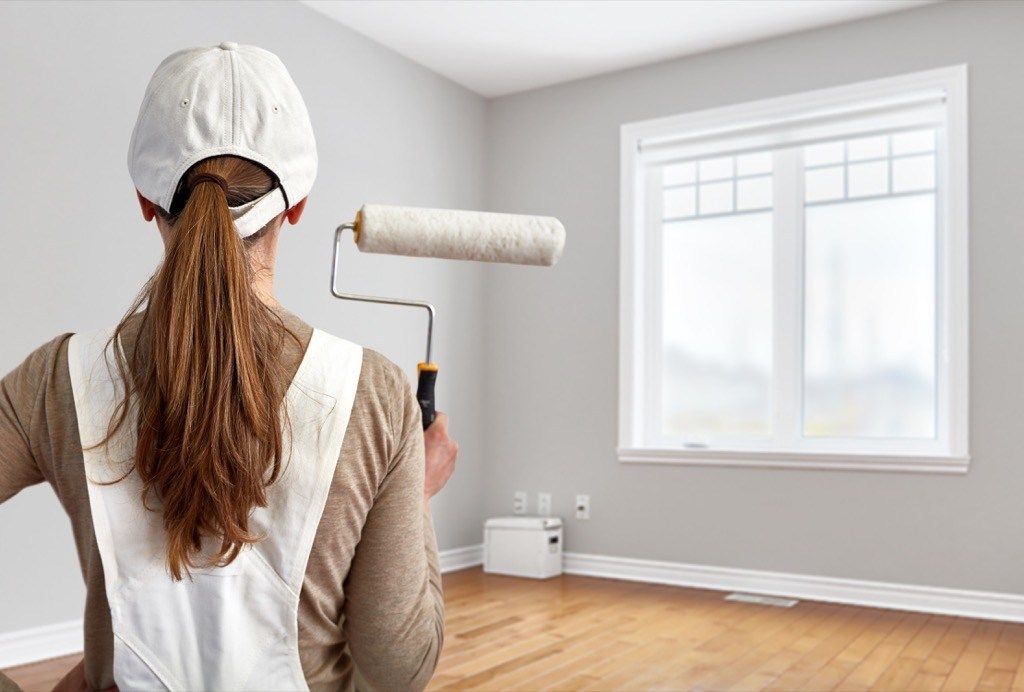
Image Source: Google
Painting the interior of your house can be a rewarding and fun project that can completely transform the look and feel of your home. Whether you are looking to update a room with a fresh coat of paint or completely change the color scheme of your entire house, mastering the art of internal house painting is essential. Here are some tips and tricks to help you achieve professional-looking results.
Before you begin painting, it is important to prepare your walls. This includes cleaning the walls to remove any dirt, dust, or grease. You may also need to fill in any holes or cracks with spackling compound and sand them smooth. It is crucial to have a smooth and clean surface to ensure that the paint adheres properly and looks flawless. If you want to know more about internal house painting, then you can check this website.
Choosing the right paint and tools is key to achieving a professional finish. When selecting paint, consider factors such as the room's lighting, the desired sheen, and the color scheme. High-quality paint will not only provide better coverage but will also last longer. Additionally, investing in good quality brushes, rollers, and painter's tape will make the painting process easier and more efficient.
One of the most important tips for internal house painting is to properly prepare the room before you start. This includes removing any furniture, light fixtures, outlet covers, and switch plates. Cover the floors and any remaining furniture with drop cloths to protect them from paint splatter. It is also a good idea to use painter's tape to mask off any areas that you do not want to be painted, such as baseboards, trim, and ceilings.
When it comes to actually painting the walls, start by cutting in the edges with a brush before using a roller to fill in the larger areas. This technique will help you achieve clean and straight lines along the edges. Be sure to work in small sections and maintain a wet edge to avoid visible brush strokes or roller marks. It is also important to use a primer before applying the final coat of paint, especially if you are painting over a dark or bold color.
Another tip for achieving a professional finish is to apply multiple thin coats of paint rather than one thick coat. This will help prevent drips, streaks, and uneven coverage. Allow each coat to dry completely before applying the next one. Sanding between coats will also help smooth out any imperfections and provide a flawless finish.
Once you have finished painting, be sure to clean up properly. Remove painter's tape before the paint dries completely to avoid peeling off any dried paint along with the tape. Clean your brushes and rollers with warm, soapy water or the appropriate cleaning solution for the type of paint you used. Properly dispose of any leftover paint and empty paint cans according to local regulations.